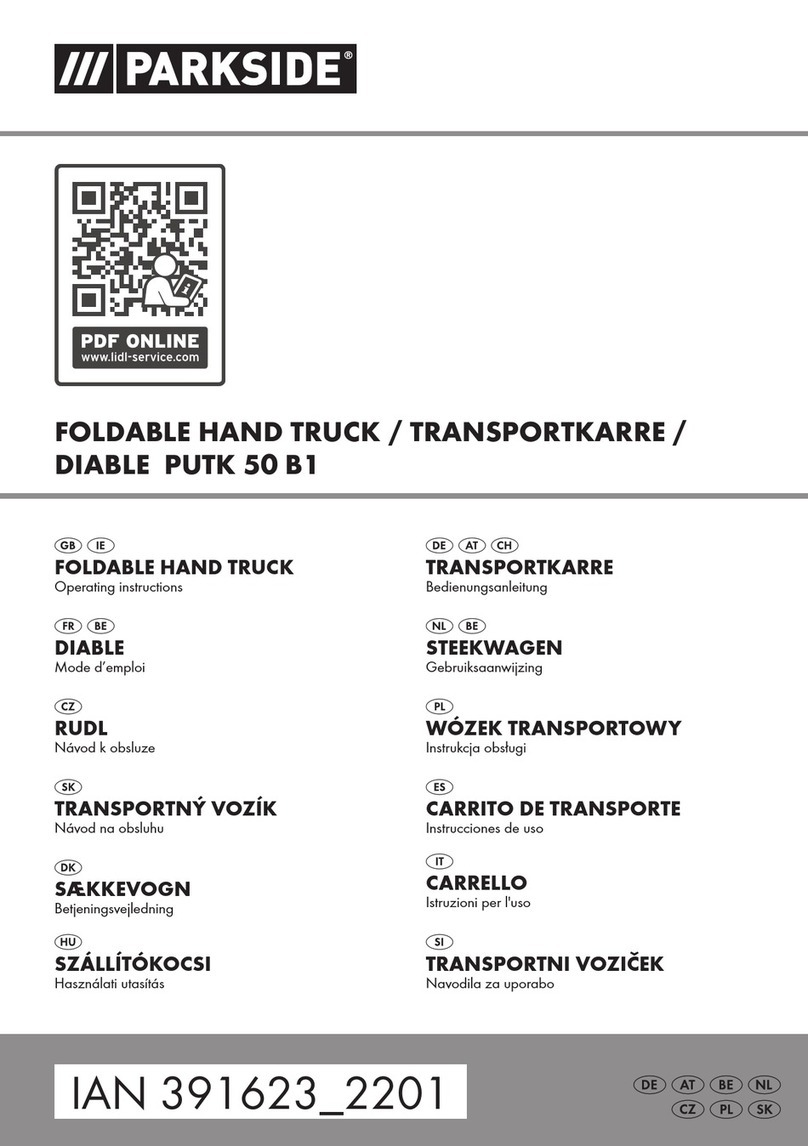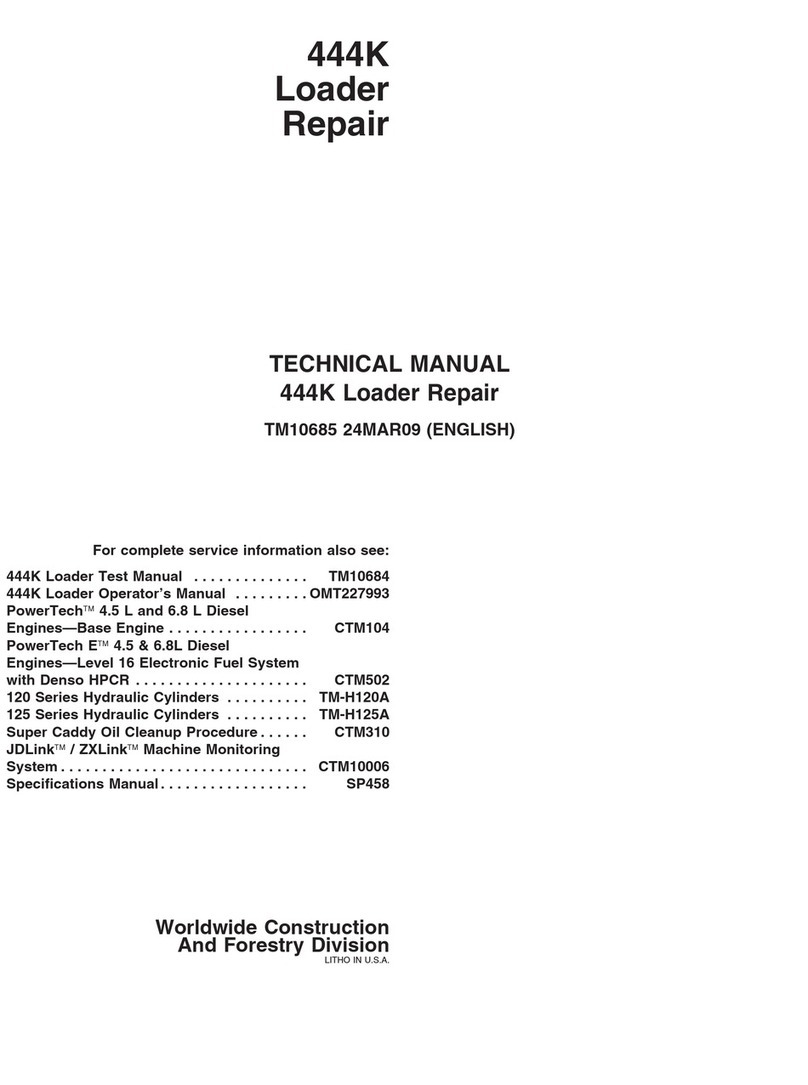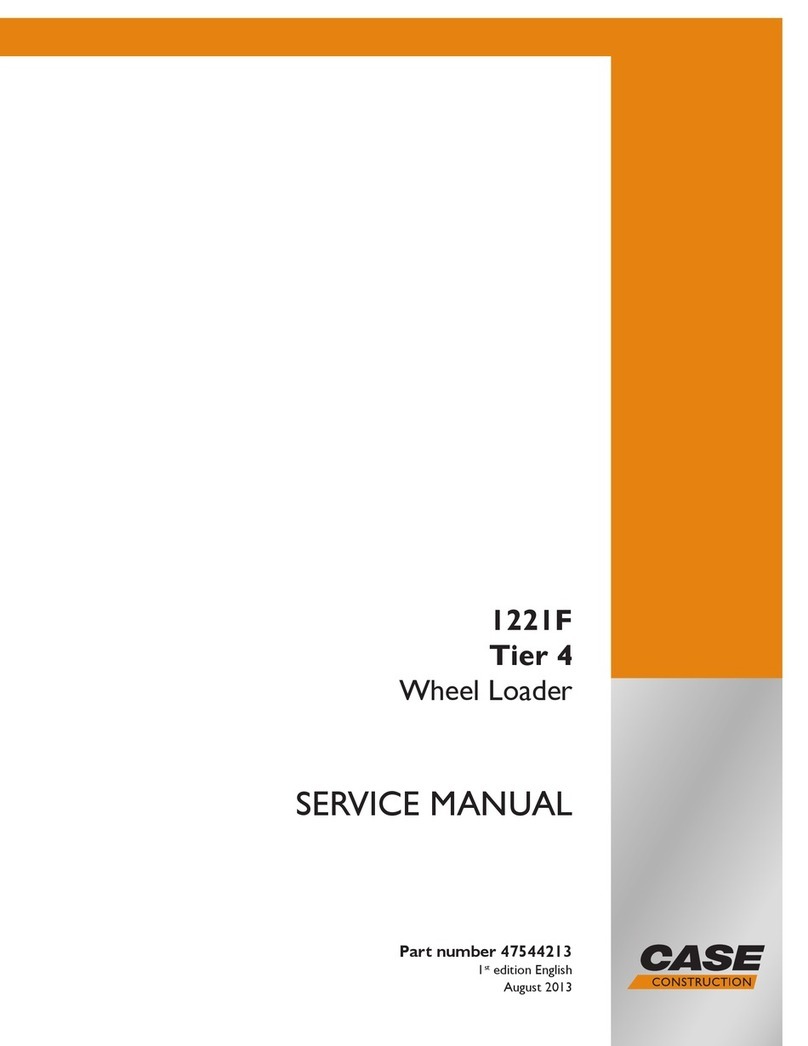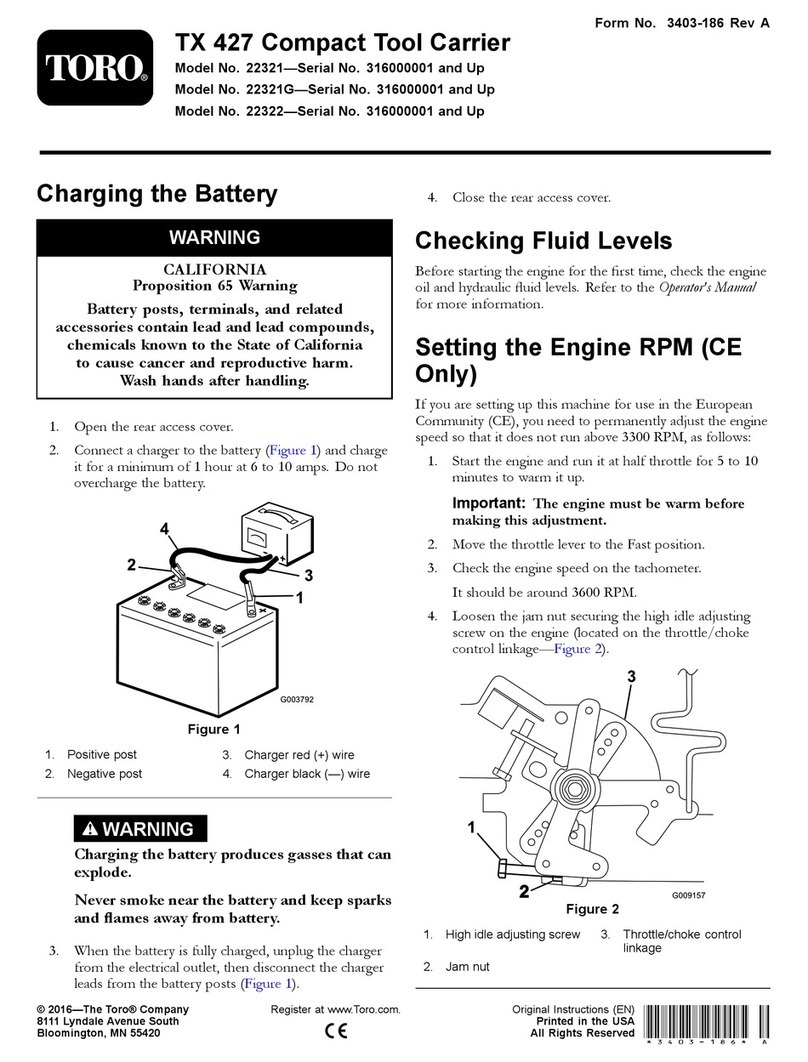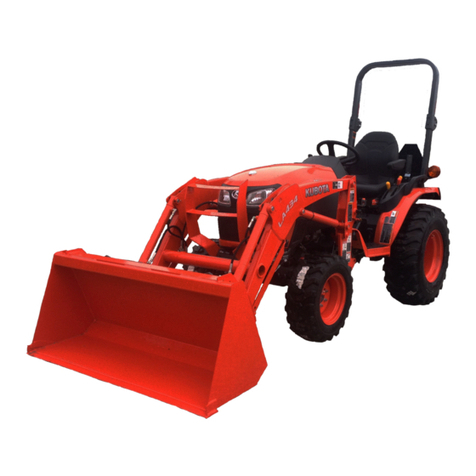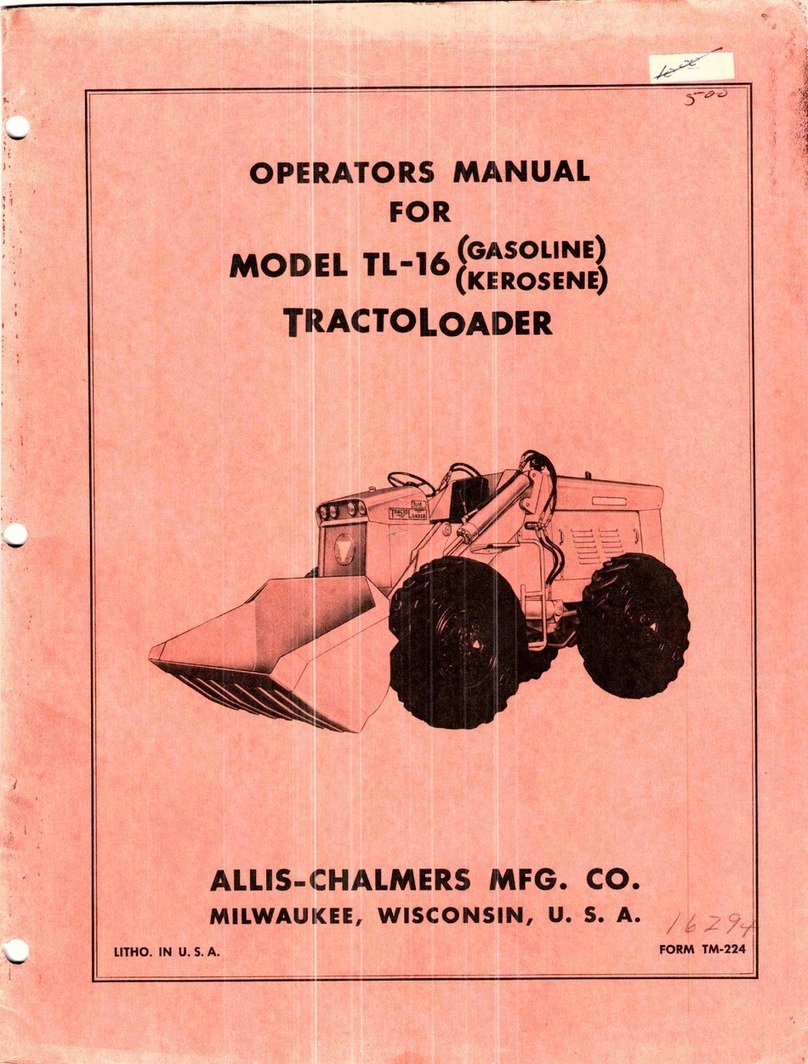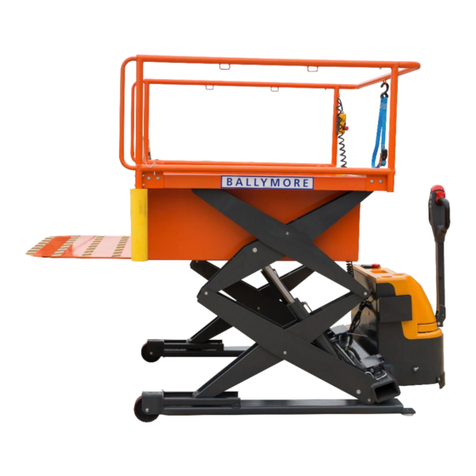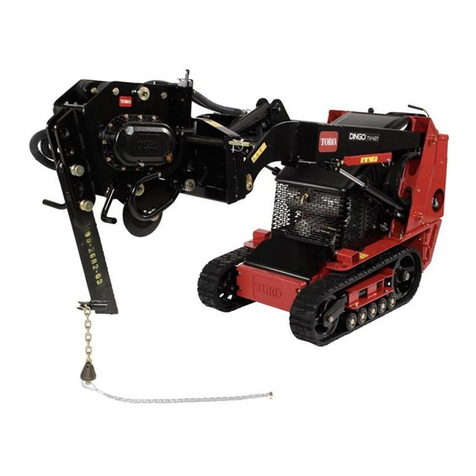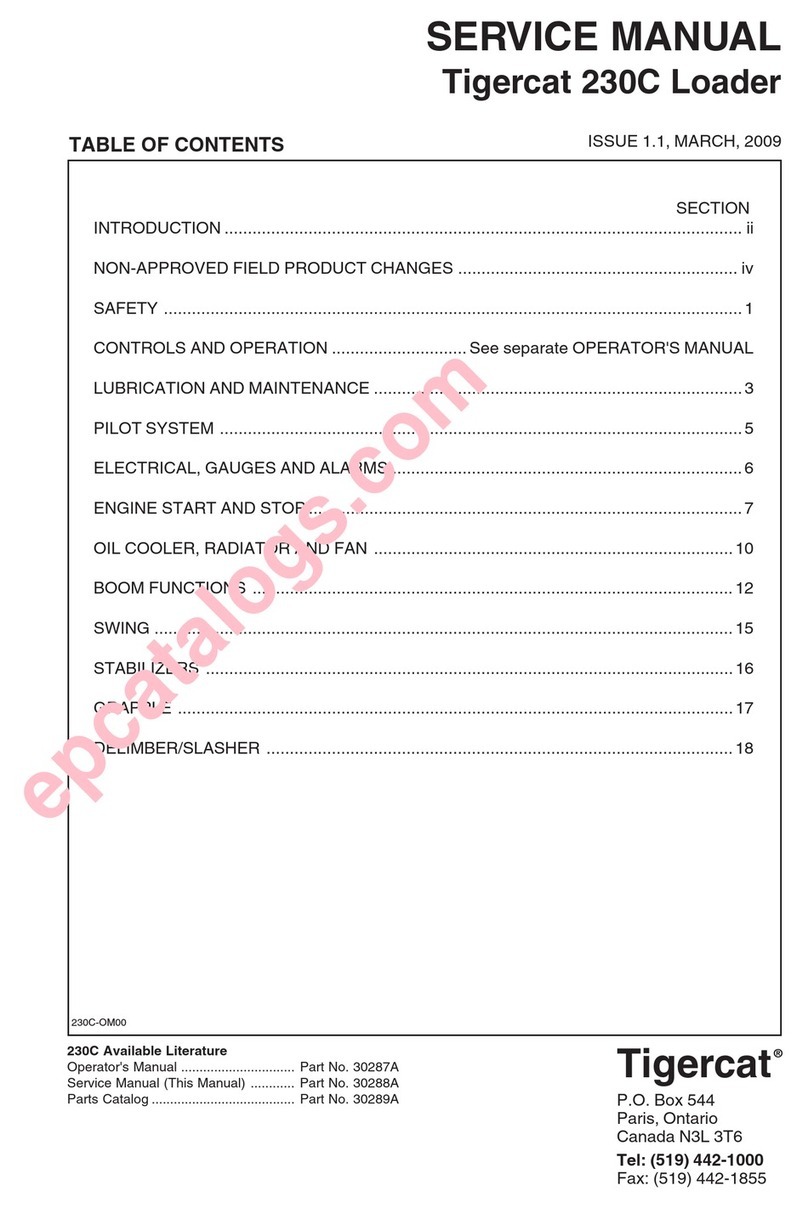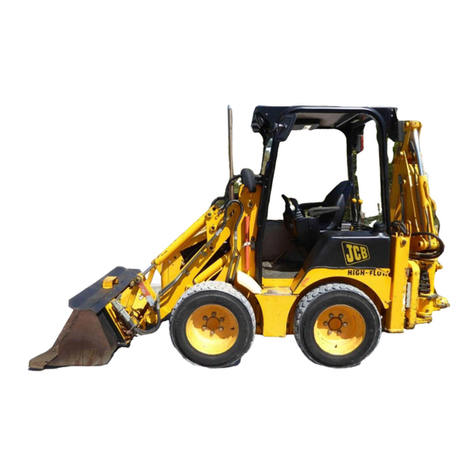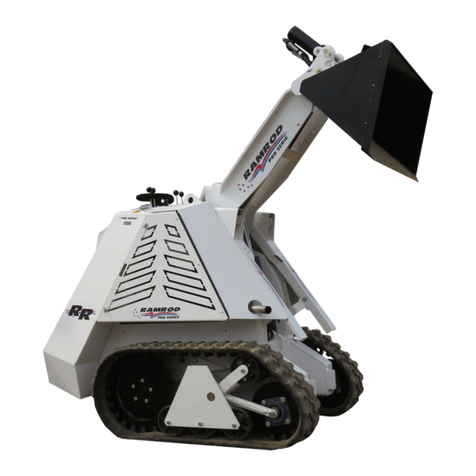
9
Safety - 2895 Loader
General Safety Instructions
• Have a first-aid kit available for use and know how to use it.
• Have a fire extinguisher available, stored in a highly visible location, and know how to use it.
• Wear appropriate protective gear.This list may include but is not limited to:
- hard hat
- protective shoes with slip resistant soles
- protective glasses or goggles
- heavy gloves
- wet weather gear
- hearing protection
- respirator or filter mask
• Read and understand the Operator’s Manual and all safety signs before operating, servicing,
adjusting, repairing, or unplugging the equipment.
• Do not attempt any unauthorized modifications to your Allied by Farm King product as this
could affect function or safety, and could affect the life of the equipment.
• Inspect and clean the working area before operating.
• Keep hands, feet, clothing, and hair away from moving parts.
• Ensure bystanders are clear of the area before operating.
• Improper use of the loader and tractor can cause serious injury or death.
• Operate the loader while seated in the tractor seat only.
• Keep the work area clear of other persons.
• Never leave the tractor unattended while the attachment is raised. Always lower the
attachment to ground and shut tractor off before leaving the tractor seat.
• Never work beneath a raised loader unless it is securely supported.The control lever can be
moved or a hydraulic leak could cause the loader to drop resulting in serious injury or death.
Refer to the Hydraulic Lock Instructions Decal for proper use of the lift locks.
• Prior to use, check to ensure the attachment is properly locked to the quick-tach. Verify from
tractor seat by lowering the attachment to the ground and retracting the lift cylinders.
• Never operate loader with frayed or damaged hoses or leaking fittings. A burst could cause
the loader to drop suddenly and result in serious injury or death and cause damage to the
loader or tractor.
• Keep tractor on solid ground when raising loader. Loose fill rocks and holes can be
dangerous for loader operation and movement.
• If for some reason, you feel the tractor tipping, immediately lower the loader.
• A pivoting front axle acts like a three-wheeled tractor until the stops hit the axle.
• Space rear tires as recommended by the tractor manufacturer. Maximize width for high lift
applications and uneven terrain.
• Add rear ballast as required to ensure 25% of gross vehicle weight is transferred to the rear
axle. Loader, attachment and payload must be included as weight.
• Do not raise attachment to extreme heights while tractor is on an incline. Be alert for terrain
changes and adjust accordingly. Keep attachment at low travel height, no more than one
foot, as long as possible.
• Allow for attachment and loader length when turning.
• The tractor must be equipped with an approved Roll Over Protection Structure (ROPS) and
safety belts.

